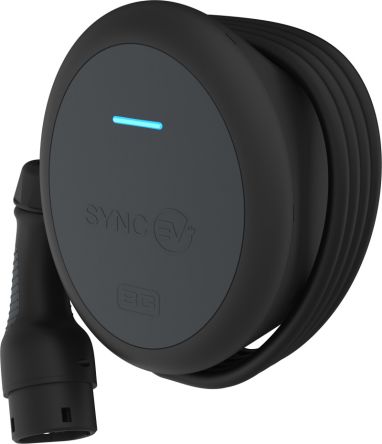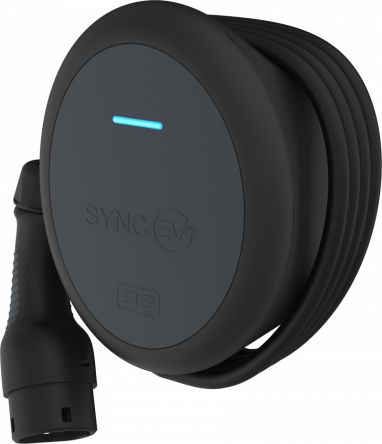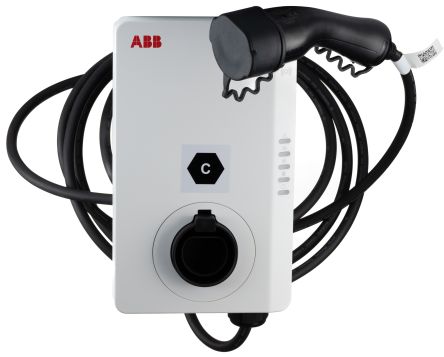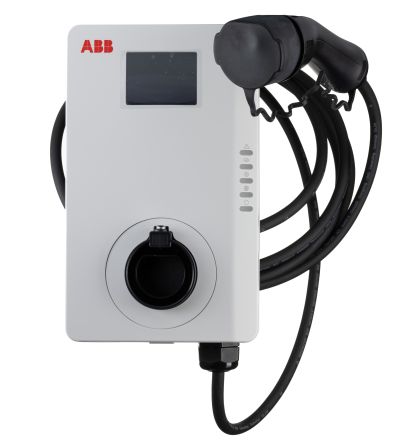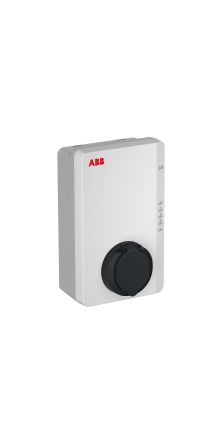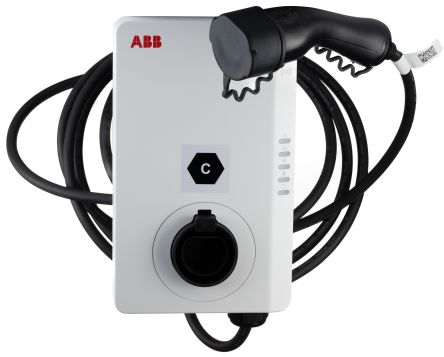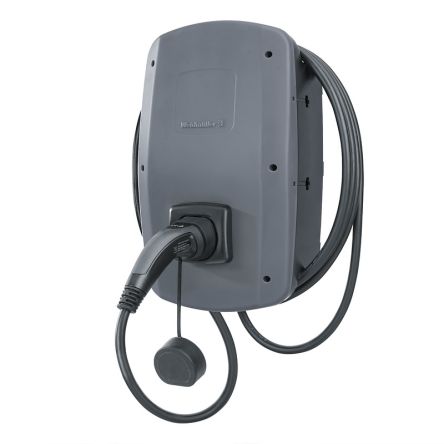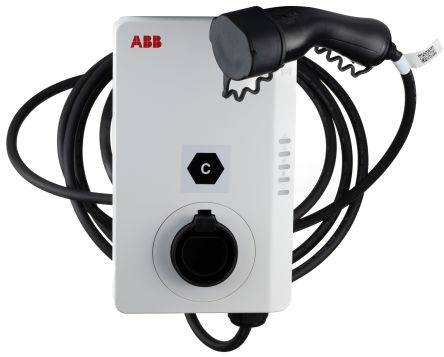- Automation & Control Gear
- Cables & Wires
- Enclosures & Server Racks
- Fuses & Circuit Breakers
- HVAC, Fans & Thermal Management
- Lighting
- Relays & Signal Conditioning
- Switches
- Batteries & Chargers
- Connectors
- Displays & Optoelectronics
- ESD Control, Cleanroom & PCB Prototyping
- Passive Components
- Power Supplies & Transformers
- Raspberry Pi, Arduino, ROCK, STEM Education & Development Tools
- Semiconductors
EV Charging Points
An EV Charging Point, also known as a charge point or electric vehicle supply equipment (EVSE) is a piece of equipment that supplies electrical power for charging plug-in vehicles. They include cars, trucks, buses, and bikes. EV charging points can be wall-mounted or free-standing, tethered or untethered and come in a range of power outputs including 3 kW, 4 kW, 7 kW and 22 kW. The type, size and power rating depend on whether you are charging your EV at home, at work or on the public network.
How do I charge my EV?
Charging at home
Charging at home is by far the most convenient and cost-effective way to recharge your EV. It can be done in two ways, by plugging your EV using a regular domestic three-pin socket (trickle or granny charging) or by a dedicated home car charging point. The latter offers a much safer and faster option. Dedicated home charging points are usually wall mounted and rated up to 7 kW.
Charging at work
Charging an EV at work is a convenient way to add range to your vehicle while parked up during work hours. The most popular type of workplace charge point is a 7 kW wall-mounted charge point as they are generally compatible with most electric vehicles and have the cheapest installation costs. Some businesses do offer faster 22 kW units which can be either wall-mounted or free-standing.
Charging on the public network
Charging your EV on the public network can be done in places like supermarkets, hotels, public car parks and on the road. EV charge points on the public network offer a mix of fast and rapid charging options. Charge points on the public network are usually free-standing. Fast chargers are typically un-tethered, so you would need to provide your own EV Charging Cable. Rapid Chargers on the other hand provide a much higher power output, the cables for these charge points are always attached to the charge point itself.
How long does it take to charge an electric car?
Various factors can affect how long it takes to charge your EV such as age, make and model. The weather also affects how much energy your EV consumes. You will have a more extensive range in summer and a smaller range in winter.
- Slow - Usually rated up to 3 kW and is mainly used to charge overnight at home. Takes at least 8-12 hours to fully charge.
- Fast - Rated at 7 kW or 22 kW and is typically found in car parks, supermarkets, and leisure centres. Takes 3-4 hours to fully charge.
- Rapid -Typically rated from 43 kW and is found in petrol stations, and motorway service stations. Takes 30-60 minutes to fully charge. This type of charging is only compatible with EVs with rapid charging capability. Takes 30-60 mins to charge.
